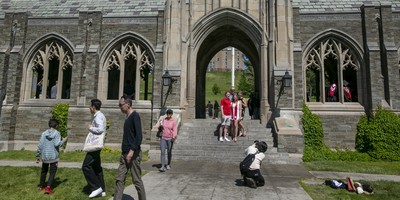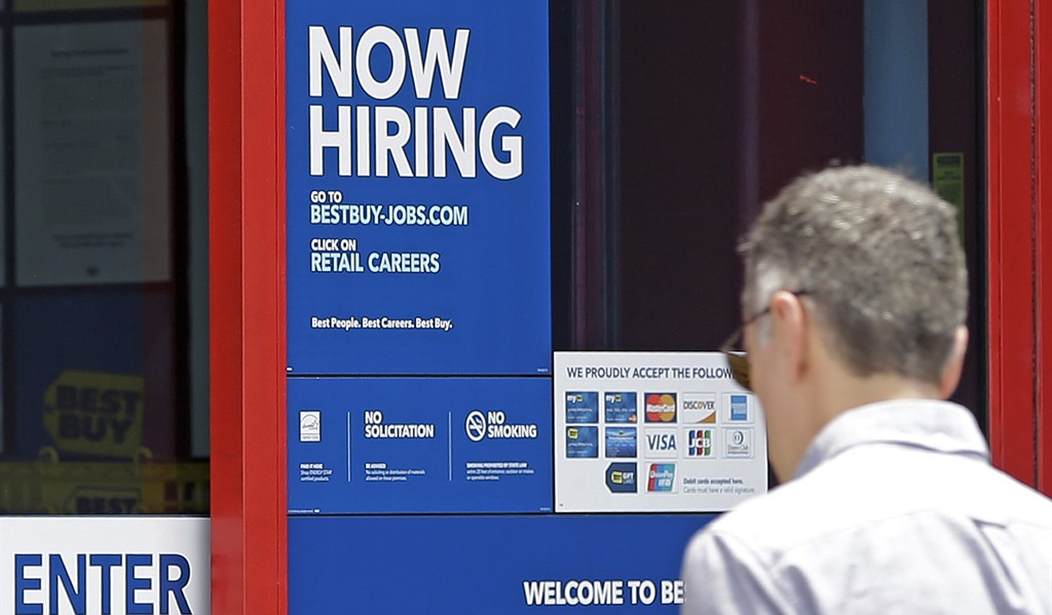Almost all of us know (because President Trump boasts of it in nearly every speech) that our 3.5% unemployment rate has reached a 50-year low. But this official decline in joblessness doesn't tell the entire story of the improvement in the job market in the United States. And it doesn't fully capture the change in direction between what happened under President Barack Obama and Trump.
In the Obama years, the unemployment rate kept falling after 2010. That's great. But the untold story was that the number of people moving from the living room couch into jobs was exceeded by the number who dropped out of the workforce, or, as was the case with millions of 20-somethings, never got a job. From January 2009 to December 2016, almost 10 million jobs were added, but amazingly, 1.6 million working-age people dropped out of the workforce.
The percentage of people participating in the labor force fell from 65.7% to a low of 62.7% under Obama. Generally, in a recovery, job seekers rise as jobs reemerge.
A chart from the U.S. Bureau of Labor Statistics shows the trend in labor force participation and the unemployment rate adjusted for labor force dropouts from 2009-2019. The strange thing about the Obama recovery was more jobs and less willing workers. When a person isn't looking for a job, for whatever reason, they do not get labeled as unemployed. The joke a few years ago was that Obama would shrink the unemployment rate to zero through the magic formula of driving millions out of the workforce. In a world where everyone is living off of welfare or a trust fund, and no one is looking for a job -- there are officially no unemployed people.
Recommended
Under Trump, we are experiencing the best of all worlds. Unemployment is down, and the labor force participation rate is finally starting to grow again, albeit still slower than needed. Some 2.3 million more people have entered the workforce under Trump. Part of the rise in the workforce is undoubtedly due to the steady increase in wages, which attracts workers to come off the sideline.
Is the healthy job market today due to a continuation of the Obama recovery? Hardly. My Heritage Foundation colleague John Merline ran the numbers. When Obama left office, the Congressional Budget Office, or CBO, predicted the "trend" in hiring. For example, the CBO forecast the unemployment rate would never get below 4.4% and would start rising again in 2019. The current unemployment rate is now a full percentage point below the CBO's forecast, with 1.6 million more jobs than the Obama trend line would have predicted.
The CBO also predicted at the end of the Obama years that the labor force participation rate would continue to fall under Trump. Wrong: It rose.
One last point: When I was studying economics in college in the 1970s, the professors and the textbooks instructed us that an unemployment rate of about 4% was "full employment." Can't go any lower than that. How good is the job picture today? We now have an unemployment rate a half a percentage point below full employment. So, on a scale of 1 to 10, how does this job market rate? It's an 11!

























Join the conversation as a VIP Member